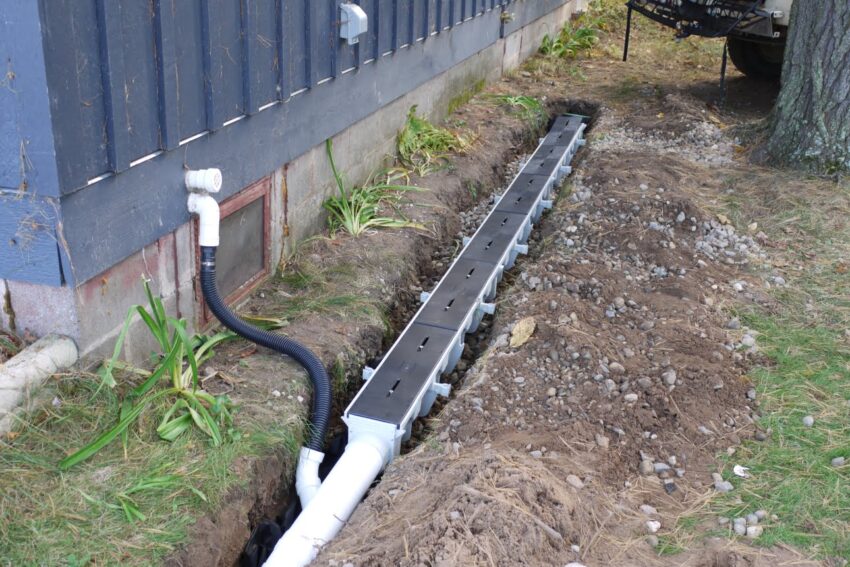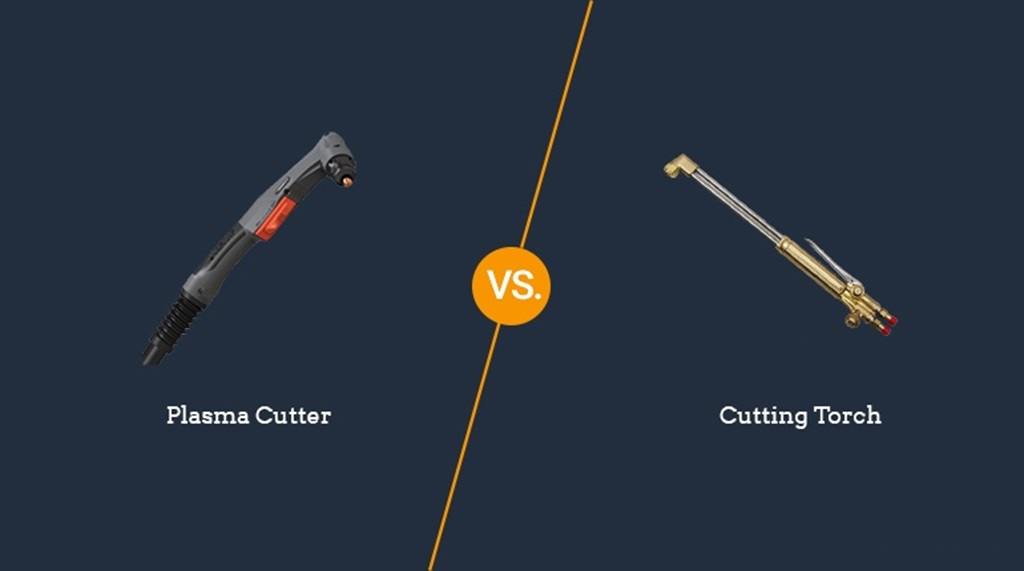A French drain is a trench filled with gravel and a perforated pipe that redirects surface water away from your home or property. It is a cost-effective and effective way to prevent water damage to your foundation, basement, and landscaping.
To illustrate the concept further, imagine a bathtub drain diagram. Similar to how a bathtub drain collects and directs water out of the tub, a French drain operates on a larger scale, addressing surface water concerns.
What You Will Need

- Trenching shovel or excavator
- Landscape fabric
- Gravel
- Perforated pipe
- Pipe connectors
- Tape measure
- Level
- Stakes
- Wheelbarrow
- Gloves
- Safety glasses
Steps
- Plan the Location. The first step is to determine where you need to install the French drain. This will depend on where the water is pooling on your property. Once you have chosen a location, mark the area with stakes.
- Dig the Trench. Use a trenching shovel or excavator to dig a trench along the marked area. The trench should be 12-18 inches wide and 6-12 inches deep. Make sure the trench has a slope of 1 inch per 8 feet.
- Line the Trench with Landscape Fabric. Landscape fabric will help to keep the gravel and pipe in place and prevent dirt and debris from clogging the drain. Lay the landscape fabric in the bottom of the trench, overlapping the edges by 6 inches.
- Add Gravel. Pour 3-4 inches of gravel into the trench. This will provide a base for the pipe and help to filter the water.
- Install the Pipe. Lay the perforated pipe in the gravel, making sure that the holes are facing down. Connect the pipes using pipe connectors.
- Backfill the Trench. Once the pipe is in place, backfill the trench with soil. Tamp the soil down firmly to compact it.
- Test the Drain. Once the trench is filled, pour water into the drain to test it. If the water flows away from your home or property, the drain is working properly.
Maintenance
French drains should be inspected and cleaned annually. To clean the drain, simply remove the grate and flush the drain with water. If the drain is clogged, you may need to use a garden hose to clear the clog.
Additional Tips
- If you are installing a French drain around your foundation, make sure to extend the drain at least 10 feet beyond the foundation.
- If you are installing a French drain in a sloped area, make sure that the drain slopes in the same direction as the slope of the land.
- If you are installing a French drain in an area with heavy traffic, consider using a heavier-duty pipe.
- If you are installing a French drain in an area with freezing temperatures, make sure to use a pipe that is rated for below-freezing temperatures.
Conclusion
Installing a French drain is a relatively easy and inexpensive project that can save you thousands of dollars in water damage repairs. If you have water problems on your property, consider installing a French drain to keep your home and property dry.
You may like to read Why is Golf Generally an Expensive Sport?




